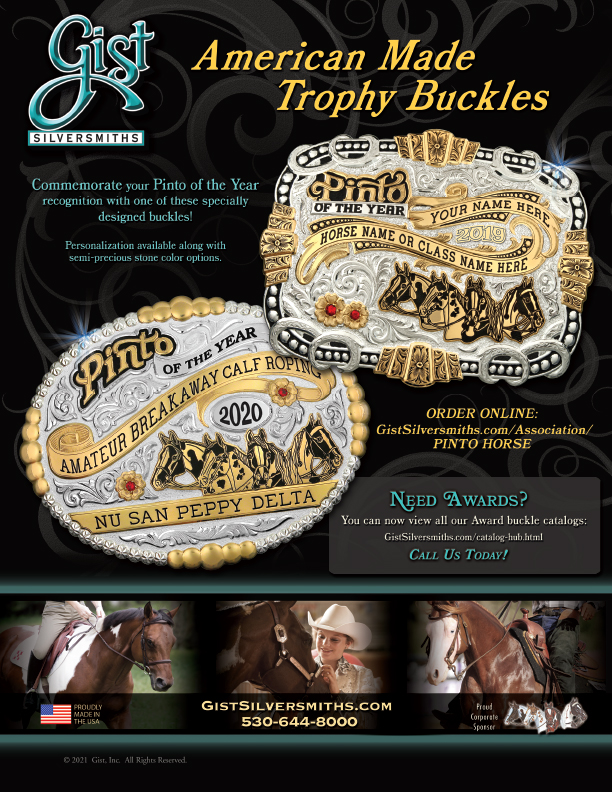


THE HISTORY OF THE BREED
The Pinto horse® originated in Spain and was introduced to North America by Spanish and other European explorers. The Spanish explorers brought over Barb horses that had been crossed with other European breeds including Russian and Arabian strains, which are thought to give the horses their color patterns. When the Spanish herds were brought to North America, these horses mixed with the wild horses and were later domesticated by the Native Americans.
Later, when the West was being tamed, the pioneers had to cross their refined European horses with the wild herds to develop a stockier and heavier muscled horse that would be more suited to the rugged and arduous conditions.
Often referred to as piebald or skewbald horses in literature about the Wild West, the Pinto horse® was a favorite among American cowboys and Native Americans. Many famous Pintos include Tonto’s Scout, Little Joe’s Cochise and Frank Hopkins’ Hidalgo.
The Pinto Horse Association® started from a grassroots movement to selectively breed horses for good color and conformation. Several horsemen in the 1930s formed the Pinto Horse® Society with the purpose of breeding superior colored horses. The registry they created is the basis of what is now known as the Pinto Horse Association of America Inc.®
It took several years and several more organizations to form today’s PtHA®. Tired of the discrimination Pintos received in the show ring, Kay Heikens, Helen Hammond and other Pinto lovers decided to start a new organization and registry. The determined group finalized their hard work on May 18, 1956, in New Jersey when the PtHA® was incorporated.
WHAT'S THE DIFFERENCE?
A frequently asked question about the Pinto is "What's the difference between an American Paint horse and a Pinto Horse?" American Paint horses are limited to registered bloodlines of Paint, American Quarter Horse and Thoroughbred horses, whereas the Pinto can be from an array of bloodlines including the Arabian, American Saddlebred, American Miniature Horse, Tennessee Walking Horse and American Shetland Pony to name a few.























